For decades, women’s sports have been marginalized and underfunded across a variety of sports. From pay gaps in comparison to their male counterparts to a chronic lack of investment, women’s sports continue to experience a cycle of under recognition from the sports community as a whole. In this modern era, archaic, sexist beliefs have dwindled, however the impact of history’s undervaluation of women’s sports is still visible today.
According to a Title IX report, it is clear that Division I (DI) collegiate athletes have experienced the greatest discrepancy in provided resources among men’s and women’s athletic programs. This isn’t present in only college-level sports either, as high school athletes experience similar disparities when it comes to funding, recognition, and participation. This is especially the case when it comes to football, a sport driven by community pride, locally and nationally. Additionally, the hype around college football celebrates a long tradition of competition, community, and is seen as a way to express pride for Texas.
“We’re in Texas, and that’s just how it’s been,” water polo goalie Elyse Osborn ‘27 said. “Generally, male sports just get funded more.”
However, it is a great possibility that football’s symbol of pride in Texas could hurt the other sports in the Lone Star State. This same problem is the case at Westwood, as its heavy support for the football teams often give them more recognition since football is seen as a focal point. While football does bring people together, other sports do the same; sports that suffer from a lack of funding, audience participation, or recognition are typically the ones taking on the brunt of the burden when it comes to football’s emphasis above all other sports.
“There’s a lot of stigma around the excitement factor for men’s sports,” varsity volleyball player Chloe Paddock ‘25 said. “I feel like lots of people say [women’s sports] are just not as interesting. I know [that] for [men’s] volleyball or basketball, they hit the ball as hard as they can, so it has this ‘show factor’ to it.”
The excitement around football is rooted in the ideology that physically strong men represent a strong community. Stemming from the idea that women occupy a housekeeping role, this internalized misogyny has guided the way that society has viewed sports. When the sports community sees men making strong plays on media outlets or holding championship trophies, it portrays the idea that a certain, male-dominated community is powerful. On the other hand, women’s sports are not given the opportunity to represent a strong community, as they are often placed at the bottom of news outlets due to the problems stated previously. These issues, perpetuating a self-fulfilling prophecy that have created an atmosphere in sports that only continues the problems we face today.
“I feel like that’s the discrepancy,” Paddock said. “[Our team hasn’t] really discussed it too much because it’s normalized. I feel like it’s mostly which one is more entertaining.”
A prime example of sports being affected by an unequal focus on football compared to other teams is water polo. Recently, Westwood Girls’ Water Polo won the district championship despite only being established as a Westwood sport a couple years ago. However, they still suffer from a lack of community recognition, despite their success in and out of district play. Along with the lack of community recognition, the team also receives little support with smaller crowds and little recognition in the school’s outreach.
“It’s definitely demoralizing and demotivating to see less of a crowd,” water polo manager Jonathan Chow ‘27 said. “Water polo’s lack of community recognition contributes to a lower sense of belonging in the Westwood sports community. However, even if it’s demoralizing during the games, it motivates our players to work and train even harder in an attempt to reel in more sport.”
This underrecognition is a stark contrast from football, which constantly receives massive support in spite of their recent struggles on the field. The heavy focus on football leads to less focus on other sports that are viewed as smaller, or not as central to the local zeitgeist. The bias toward football doesn’t solely affect women’s sports, but rather all sports, causing less popular sports such as golf often suffer from under recognition.
“In the Warrior Update, [football] is always the first thing listed, [or] the basketball boys or the football boys,” golfer Spencer Castellani ‘26 said. “It’s almost all about football nowadays, or even soccer or basketball, but I think there’s a lot of other sports that are important [to mention].”
Another example of the clear prioritization of football was this year’s Homecoming games. The main issue found was that the varsity football and the varsity volleyball teams had their games at the same time. Paddock observed that although both the football and volleyball teams lost, more people showed up to the football game. In addition to demotivating team members, this also causes a lack of revenue for ticket and concessions sales that fund their booster club. On the other hand, football has security in their funding no matter their performance.
“There’s this [statement] that [women’s sports are] ‘not as exciting’, but I feel like people fail to notice the strategy that’s involved in women’s sports,” Paddock said. “I just feel like there were people who just thought football was more exciting compared to volleyball. There’s a difference in how they play the game.”
This ‘wow’ factor that seemingly only men’s sports can achieve sets unrealistic expectations for women’s sports. When women’s sports do poorly, they’re looked down upon and when they do well, it’s seen as the bare minimum. On the other hand, male athletes are praised solely for showcasing masculine traits in their sports, no matter the outcome of their matches.
“In terms of support, parents and friends go support the boys, even though the girls also deserve as much respect,” junior varsity wrestler Maggie Lee ‘25 said. “I think it just goes back to that [men] get more publicity as people care about that sport more.”
The mindset that men’s sports are more interesting or exciting than women’s sports is deeply ingrained in many sports fans. In addition, this status quo that men’s sports are far more recognised is normalized enough that many people aren’t aware of the discrepancy between sexes when it comes to sports. Changing the mindset involves a community effort to give more exposure to women’s sports.
“We can spread more awareness of events that are dedicated for women, like the women’s track & field team,” Lee said. “We need to support the girls and we just need to stand up for each other and be there as a strong support system.”
The underrecognition of women athletes isn’t limited to popular sports like volleyball and basketball – it’s seen throughout all kinds of athletics from wrestling to tennis. As we have seen, may it be at the high school level or collegiate level, male athletes are consistently given a higher priority than women athletes in the same sport. According to the Women’s Tennis Association, professional male tennis players receive more financial compensation than the women tennis players as they naturally, due to pre-made bias, attract more publicity and sponsorships, in turn receiving more ticket sales. Women athletes experience financial discrepancies compared to men athletes due to low audience turnout and fewer scholarships on the table. Both of these issues boil down to one difference, media coverage, since normally, the media surrounding the sports tends to underexpose women’s sports, setting off the domino effect we have seen previously.
“Girls’ sports get looked down upon sometimes when they’re not ‘up to par’ or as good as their male counterparts,” Lee said. “I’ve seen it happen in varsity [tennis]. [JV] got to go to college station and cheer on varsity [tennis] because they were participating in state, but [I noticed] a lot of people were watching and cheering the boys’ matches. [Additionally,] I saw that it was only the women that were supporting the girls’ matches. It was disheartening.”
When women’s sports are underrecognized and underfunded, it can contribute to feelings of unworthiness. Despite their dedication and difficult training, being placed below their male counterparts can be demotivating as they play. To fix this issue, the community needs to come together and work to change mindsets and misconceptions surrounding women athletes. A focus on fundraisers and support to reverse the underrecognition that women’s sports receives could easily change the views on women’s sports. It could also change the culture around how women’s sports are valued – often, women athletes are placed on the backburner when it comes to recognition and financial compensation. However, placing a community focus on supporting the hard work of women athletes could drastically improve their conditions and value their dedication on an equal level to their male counterparts.

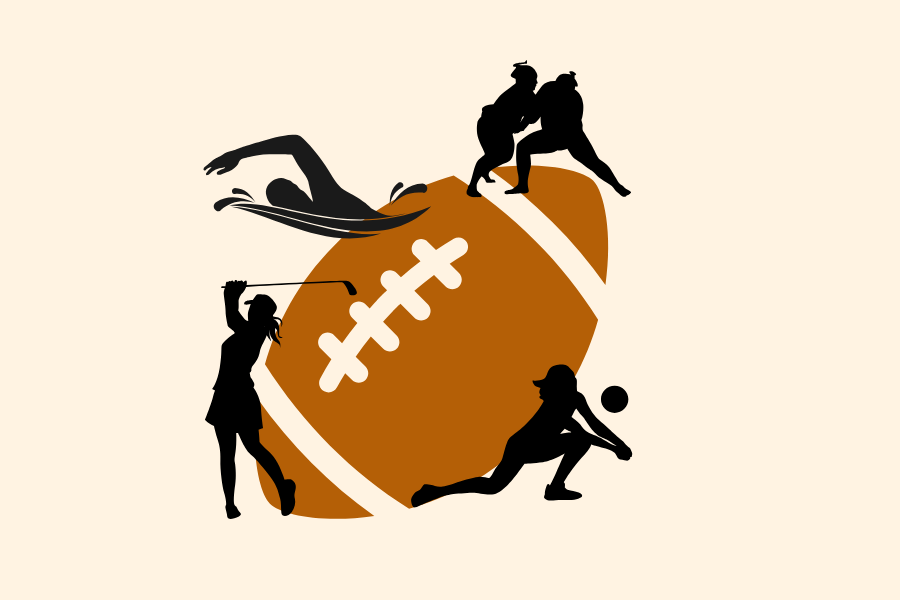
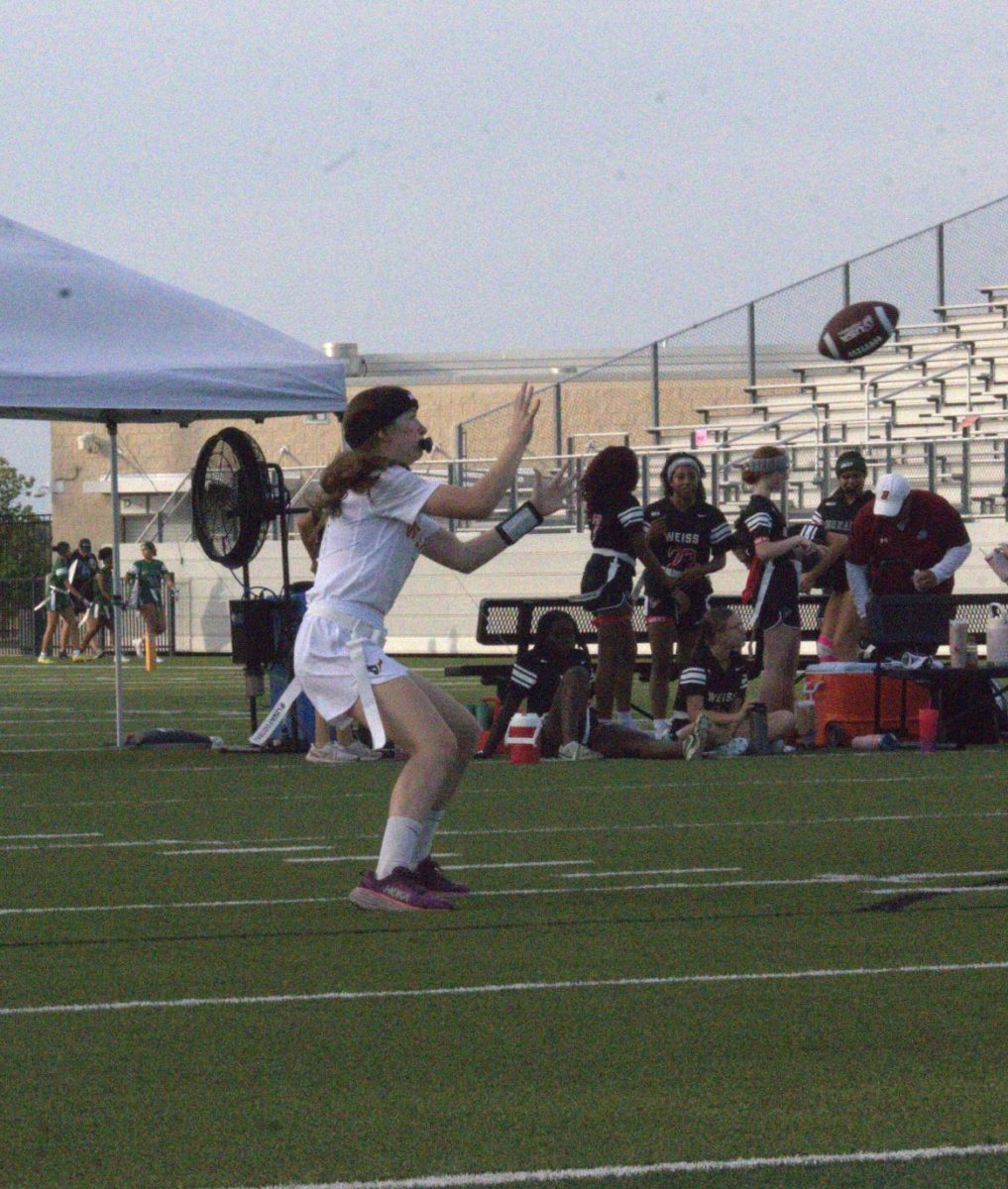
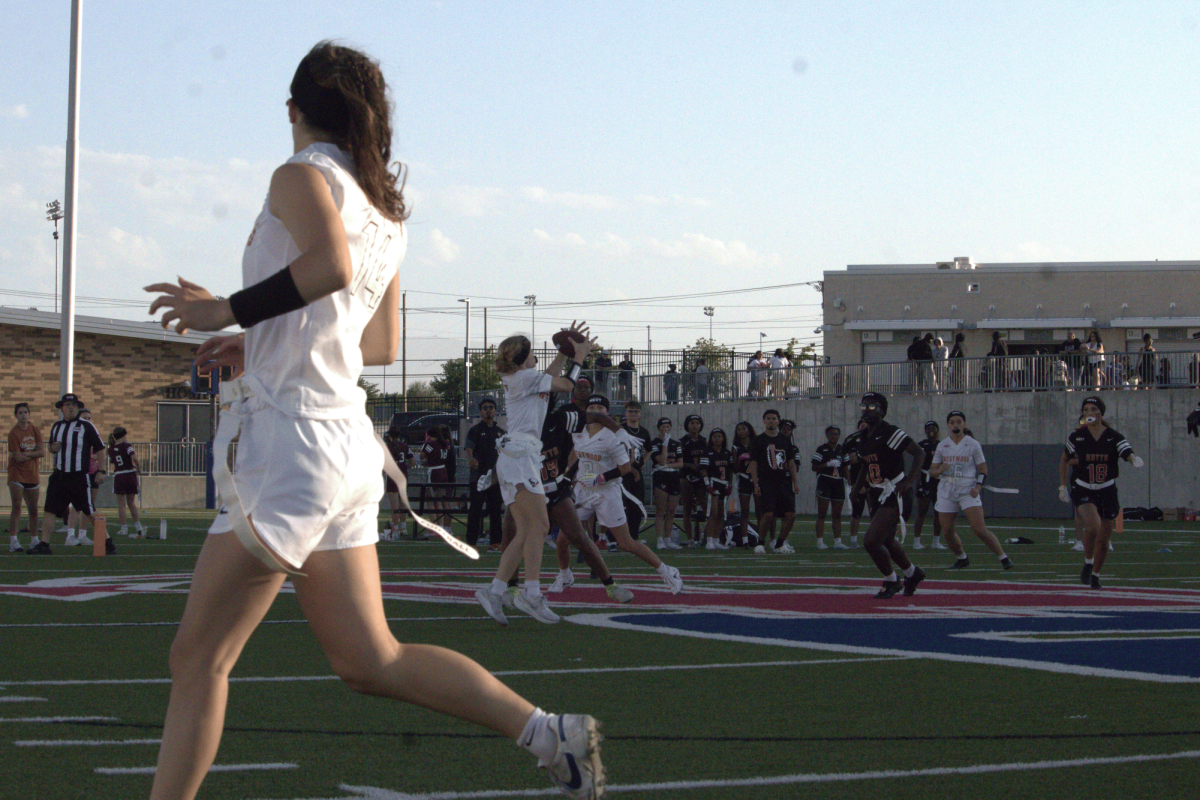

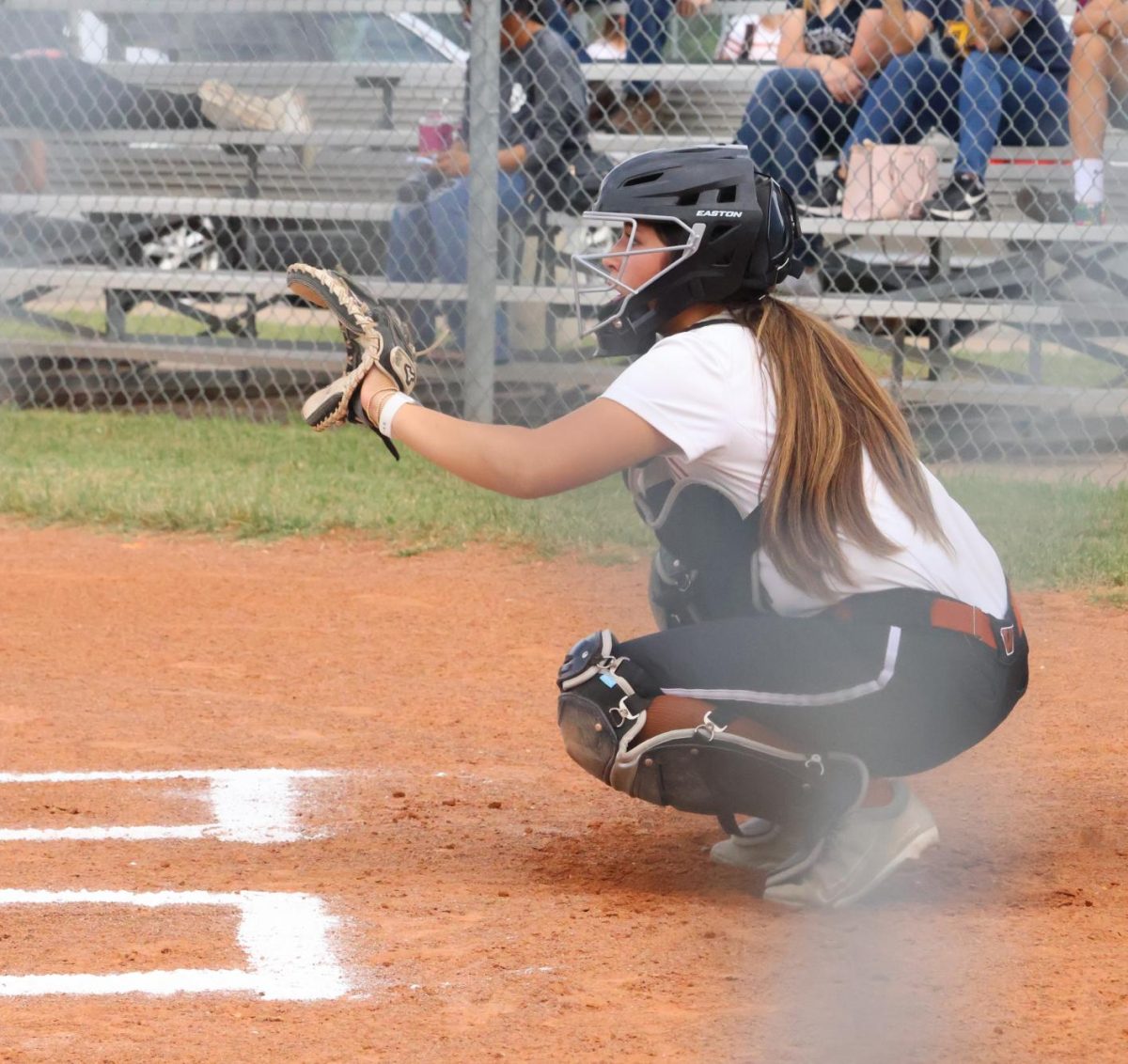
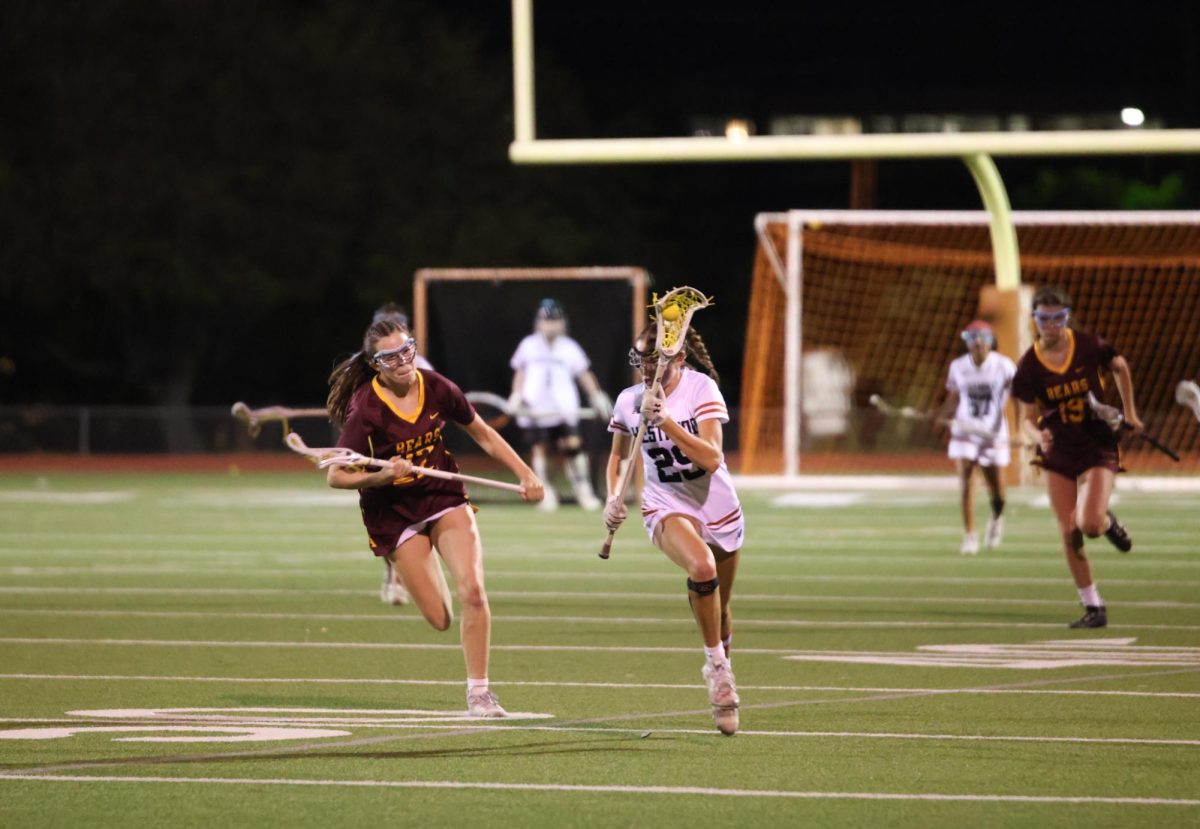
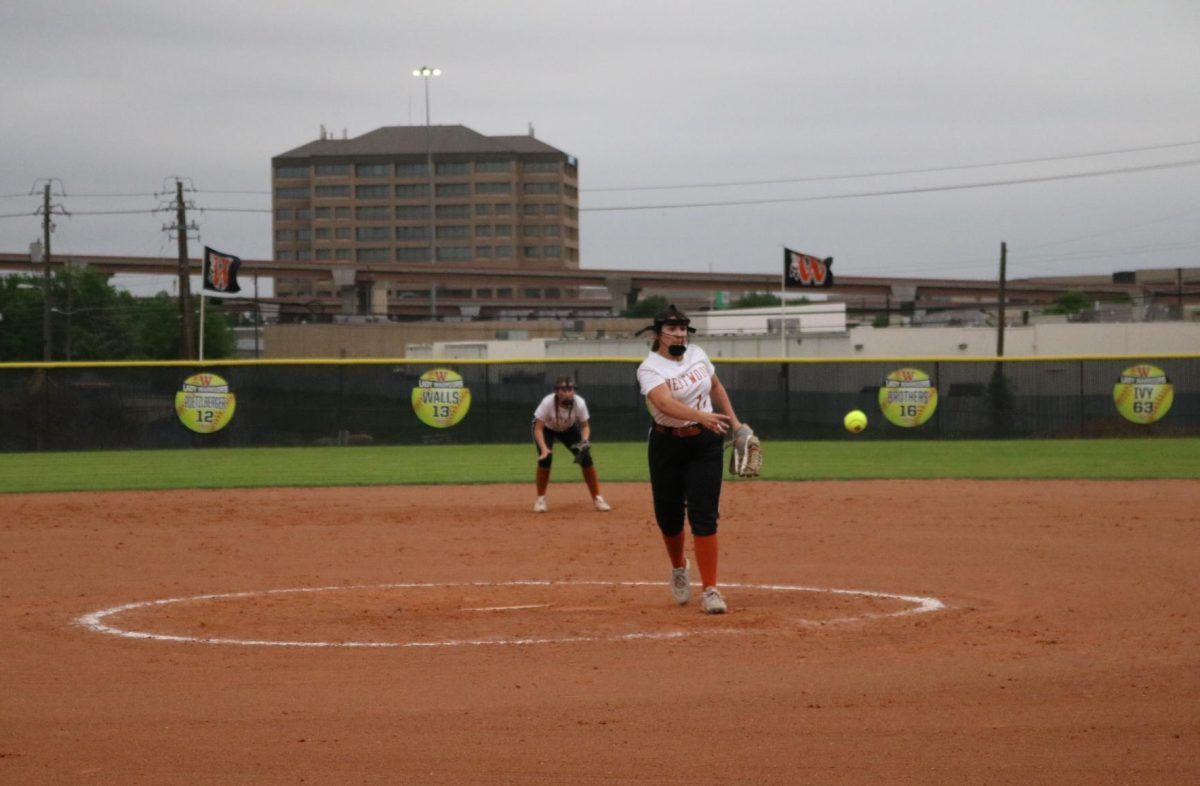

Mira Kondrakunta • Dec 9, 2024 at 12:41 pm
This article was so well written! I learnt a lot about this topic and the bias in sports, great job!